Emperor Shrimp Facts
- The impressively regal term of Emperor Shrimp serves as the most often used common name for this amazing creation of evolution. Yet, the creature does have several other general titles. They include the tags Imperial shrimp, Periclimenes shrimp, and Imperator shrimp.
- Within the scientific community, however, it’s perhaps much better known by its entirely technical designation. That’s actually a comparatively simple one for the layperson to pronounce, as such go. That’s because it bears the formal moniker Periclimenes imperator.
- This marvel of Nature received that appellation due to the efforts of Alexander James Bruce. The highly respected British zoologist accomplished the first recognition of it as a separate and distinct species. He achieved that scientifically noteworthy feat in the year 1967.
- Thankfully, the amazing Emperor Shrimp appears to still be maintaining a population base that’s both stable and sufficient. That pleasant condition also seems to hold true across the entirety of its range. The IUCN thus has no listing for it on its published Red List.
- The intriguing Arthropod nevertheless should be considered as facing multiple potential threats to its continued existence. Like all species on earth today, most of these stem from the actions of mankind. They include habitat loss and the effects of ongoing climate change.
Related Articles
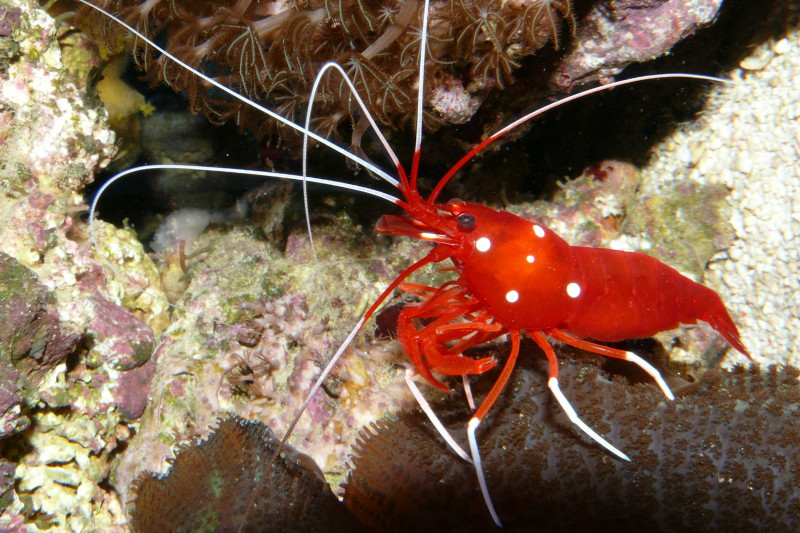
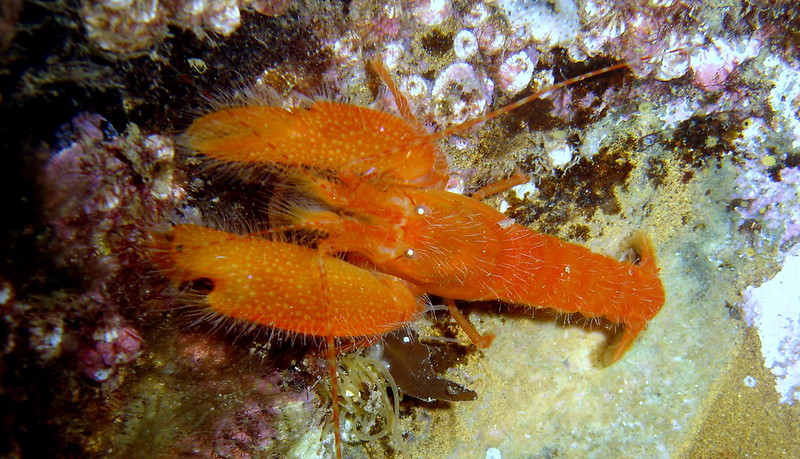
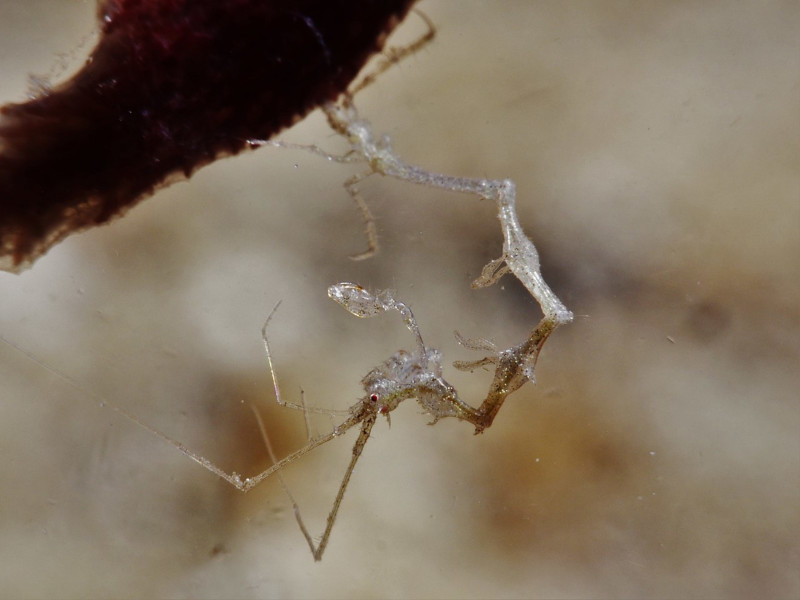
Emperor Shrimp Physical Description
The stunning Emperor Shrimp represents a miracle of Nature and evolution that sadly frequently goes unnoticed. That unfortunate oversight’s perhaps due to one possibly surprising fact. That’s true since evolution placed all its beauty and impressively distinctive traits into a relatively tiny body.
In terms of physical structure, the marine marvel follows a pattern common to many of its relatives found around the world. That’s in the fact that it displays a certain degree of the physiological characteristic of sexual dimorphism. In its case, this chiefly manifests in terms of dimensions.
More specifically, though, females of this remarkable species tend to achieve a greater size than their male counterparts. This pertains to both body length and having a more robust and rounded abdomen. Overall, however, the difference between the two sexes remains visually minor.
The general shape of the body itself consists of a clearly elongated form. Average lengths for fully mature specimens measure approximately 0.59 – 0.79 in (1.5 – 2 cm). Males usually tend to be on the lower end of this range, while the females typically sit closer to the higher end of the same.
The rostrum, a forward-projecting extension of the carapace, typically develops as elongated and quite pointed. This distinctive Decapod also evolved relatively long, slender antennae compared to others of its kind of similar size. These appendages serve the animal as powerful sensing tools.
The captivating marine species also displays multiple pairs of legs, like other shrimp. These limbs include pereiopods and chelipeds, which bear the claws. The first pair of pereiopods developed as modified into powerful pincers. These serve the animal for a wide variety of useful purposes.
The tail of the Emperor Shrimp additionally consists of several distinct structures. Together, these provide the appendage with a roughly fan-like shape, aiding the Arthropod in its movements. It also has very prominent, stalked eyes, like most shrimp, that provide a wide field of vision.
It’s likely the highly vivid coloring of the creature that most captures the attention of those few individuals fortunate to spot one of the wonders, though. Although that specific aspect of the animal varies greatly between specimens, this usually consists of a wide range of brilliant shades.
Orange often appears on the upper parts of the body, typically including the carapace and legs. Purple’s also seen on the tail and sometimes the limbs. White’s also seen on various parts of the body, creating a striking contrast with the other colors. This occasionally includes spots or bands.
- Kingdom: Animalia
- Phylum: Arthropoda
- Class: Malacostraca
- Order: Decapoda
- Family: Palaemonidae
- Genus: Periclimenes
- Species: P. imperator
Emperor Shrimp Distribution, Habitat, and Ecology
The intrepid Emperor Shrimp evolved as indigenous to a moderately broad expanse of the marine regions of the globe. The precise location of that zone of habitation might surprise a few people who learn of it, though. That’s because the animal’s principally native to the Indo-Pacific region.
Within the Indian Ocean, it’s been spotted in a great multitude of regions. These settings include locations found along the eastern coast of Africa. Yet, the marvel’s also known to be present in places such as the Red Sea, around the island of Madagascar, the Maldives, and the Seychelles.
In the Pacific Ocean, however, it’s also present in several different places. That territory extends to both the western and central areas. There, it’s been seen frequently in the waters around Japan, Indonesia, the Philippines, the Solomon Islands, the Great Barrier Reef in Australia, and others.
Like many of its kindred across the globe, this breathtaking creature displays decidedly specific preferences regarding its choice of habitat. It’s therefore only found in a few type of environments that meet its requirements. This does tend to limit its options for expansion of its territory.
It’s only known to live in either tropical or subtropical waters. There, the temperature conditions support the growth and proliferation of the hosts the crustaceans rely on. Interestingly it also only lives at shallow depths. These waters typically only range from about 16.4 – 131 ft (5 – 40 m) deep.
The Emperor Shrimp perhaps remains best known, however, for one unique evolutionary trait. That’s the fact that it depends on a host organism. With this host that each individual selects, the animal lives a symbiotic relationship. They actually commonly live on that creature’s surface.
These include an extraordinarily wide variety of very diferent species. Some do tend to predominate, though. Among those most frequently selected are sea cucumbers, especially the black sea cucumber. Others include nudibranches, and other invertebrates, such as starfishes.
Given its symbiotic nature, its diet remains quite diverse. This includes organic detritus, which includes decomposing plant and animal matter alike. This often accumulates on the surfaces of its host. It also feeds on microscopic algae found on its hosts and in the surrounding environment.
It eats small organisms, such as protozoa and tiny invertebrates, that it finds on the host itself or in the surrounding water. This fare includes extremely small crustaceans and other zooplankton. It also consumes parasites and dead skin from the host, thus providing a service to the host.
Species Sharing Its Range
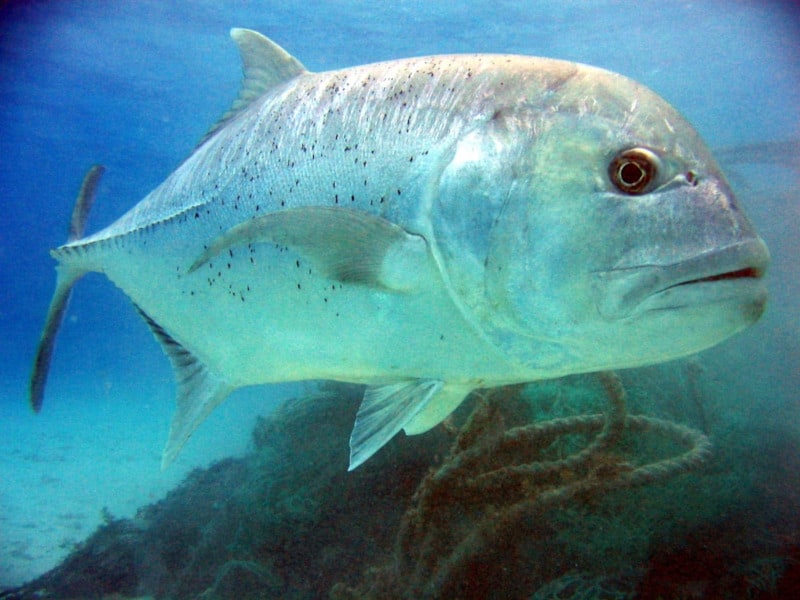
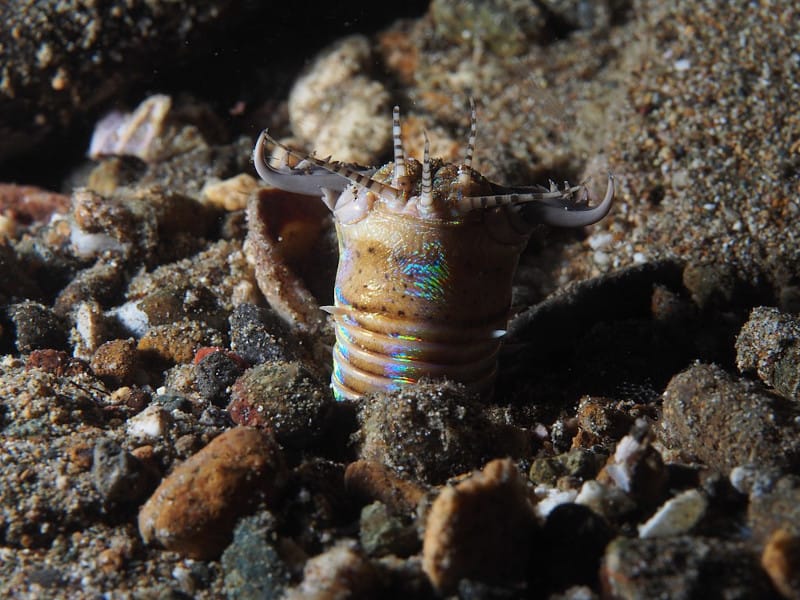
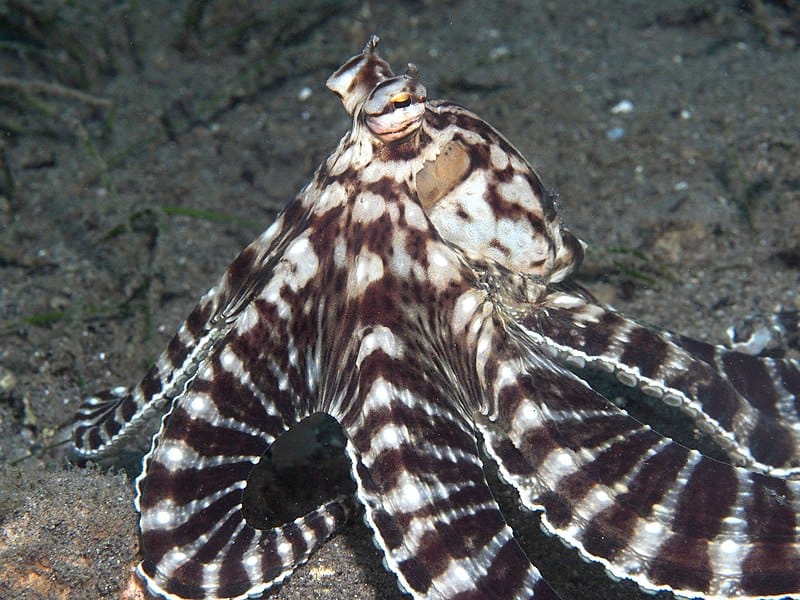
Check out our other articles on 4 Fantastic Woody Shrubs of France, Japanese Dwarf Flying Squirrel, Vikos Gorge, Common Water Hyacinth, Hellbener Salamander, California Mantis, Jewelled Gecko
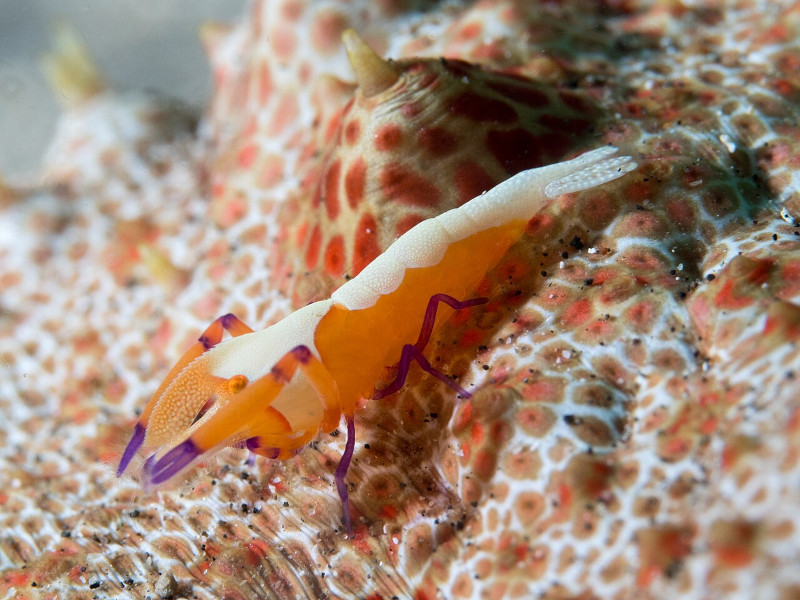
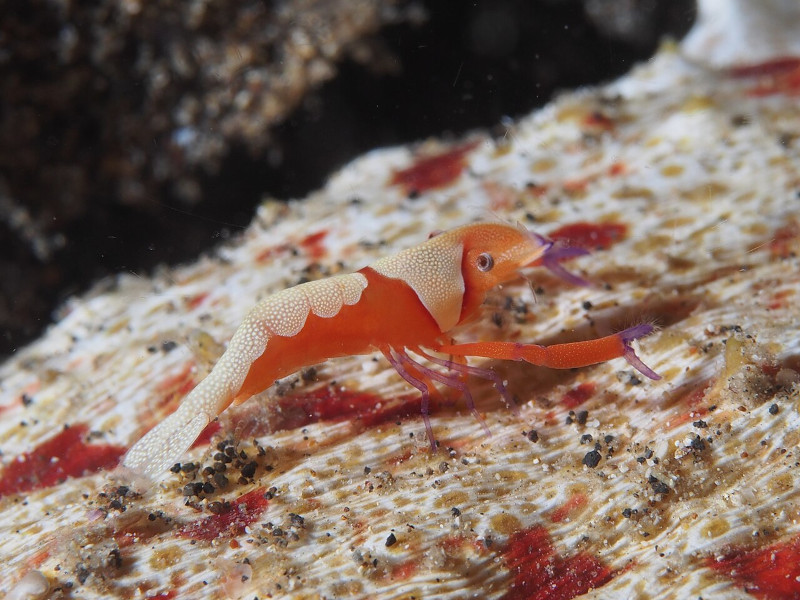
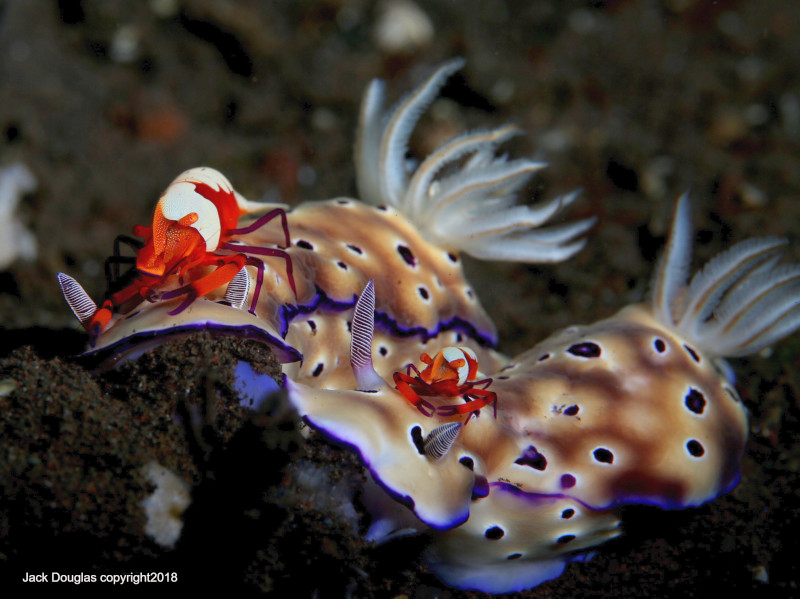









Leave a Reply